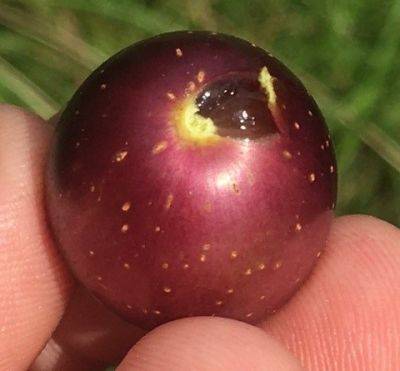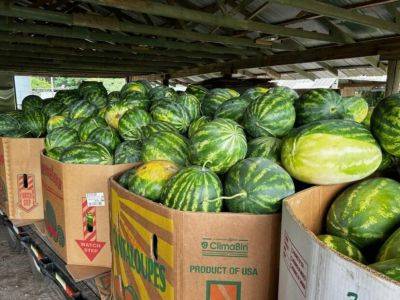Zack Snipes
SC Fruit and Vegetable Field Report- July 24, 2023
25.07.2023 - 15:23 / hgic.clemson.edu
Zack Snipes
Rob Last
Sarah Scott
Andy Rollins
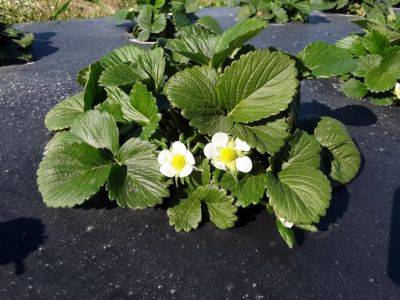
SC Fruit and Vegetable Field Report March 1, 2021
Rob Last reports, “Following a few days of warmer conditions, crops are moving on strongly. Flowering and fruit set is occurring in strawberry crops. At present, spider mites in treated crops are at very low populations, but with warmer weather, populations can increase rapidly. As we are entering flowering and fruit set, sanitation and fungicide applications will be required to keep gray mold managed. Remember to rotate FRAC codes to avoid resistance build-up. Fertigation is being applied, and it will be well worthwhile taking a tissue test from crops. Blueberries in the area are showing bud swell with early varieties showing open flower.”
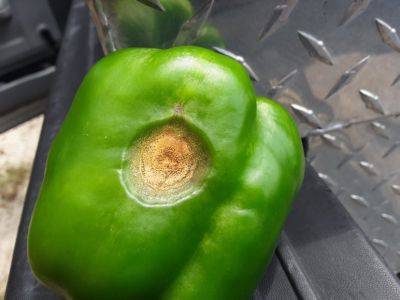
SC Fruit and Vegetable Field Report June 21, 2021
Rob Last reports, “Given the rainfall and humidity levels, we are seeing increases in foliar and fruit diseases on a range of crops. This includes cottony leak in cucumbers, anthracnose in peppers, tomatoes, and cucurbits. Also, please be aware cucurbit downy mildew is very active now. As a result, it is going to be really important to maintain fungicide programs in both a timely manner and to be robust. That being said, we have some great quality melons, both cantaloupe and watermelons, coming to harvest, as well as good volumes of quality peaches, blackberries, and a host of other vegetable crops.”
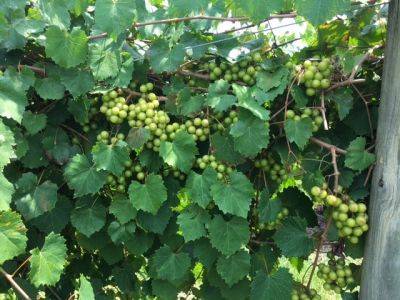
SC Fruit and Vegetable Field Report – July 26, 2021
Zack Snipes reports, “We are in a summer weather pattern with warm, muggy days and occasional thunderstorms. Most crops have finished up or are in the process. Now is a great time to sit down and do some crop planning and field rotation planning. I collected many soil and root tissue samples lately and had them analyzed for nematodes. I was surprised at how many nematodes were present in the fields. Nematodes can interfere with growth, cause stunting, and lower overall yields. Sometimes the symptoms of nematodes can be very discrete, so sampling right now is the best way to get a baseline of your populations and how to properly manage and rotate fields. If left unchecked, thousands of dollars are wasted before the first seed is planted into a field.”

SC Fruit and Vegetable Field Report July 6, 2021
Dr. Tony Keinath reports, “Basil downy mildew was found in mid-June in Charleston. Symptoms start as faint yellowing of leaves, which eventually show brown spots surrounded by yellow areas. To see the spores, look on the bottom of a symptomatic leaf. Sometimes it helps to hold the leaf up to a light source (but don’t look directly into the sun). Seeing spores is useful to rule out nutrient deficiency or sunburn on leaves. I do not know of any cultivars that truly are resistant or any organic biopesticides that are effective. Once downy mildew spores arrive in South Carolina, the disease will be present until frost kills the basil host.”

SC Fruit and Vegetable Field Report – July 20, 2021
Justin Ballew reports, “Not much has changed in the midlands over the last week. We’ve received some scattered rain, and it has been warm and humid. As a result, we are still seeing disease issues. We’re still picking tomatoes, squash, zucchini, cucumbers, sweet corn, and a few greens. We’re at an in-between stage in several fields where the spring crops have finished, and folks are preparing to plant fall crops. Some have already started fall cucurbit plantings. For anyone planting strawberries this fall, if you are still deciding which varieties to try, see NCSU’s 2020/2021 variety comparison data (pages 9 and 10).

SC Fruit and Vegetable Field Report October 11, 2021
Rob Last reports, “We are progressing well with preparations for strawberry planting. Some plants are due to be delivered this week. Remember, if fumigants have been used, check to ensure the products have dissipated to prevent damage to the transplants. The same is true to make sure planting restrictions on any pre-emergence herbicides applications are observed. Always refer to the label. Finally, remember to check your plants carefully for pest and disease inoculum from the nursery. Planting any disease or pest-infected plants will lead to a more challenging growing season. If you require any help, please reach to Extension Agents.”
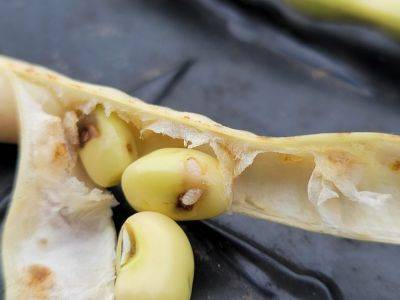
SC Fruit and Vegetable Field Report- July 5, 2022
Rob Last reports, “Disease pressure is likely to continue to increase given the recent welcome rainfall. Gummy stem blight can be found in cucurbit fields along with downy mildew in cucumbers and watermelons. Maintain vigilance and regular applications to manage these diseases. Tomatoes, peppers, and eggplant all look good, with evidence of sunscald in most crops. Again, bacterial spot and fungal diseases are likely to increase in these crops too.”
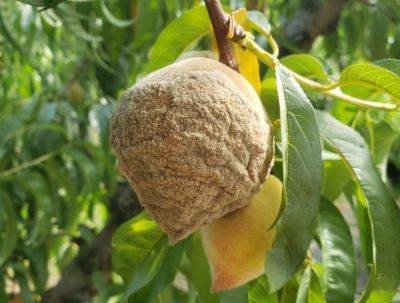
SC Fruit and Vegetable Field Report – July 11, 2022
Zack Snipes reports, “The recent rains have yet again made fields sloppy and hard to harvest. Most of our tomato crop is about finished, as are zucchini and cukes. We have had an unusually high amount of southern stem blight in tomatoes this year. We are seeing some increased worm pressure (armyworms and fruitworms) in fields that are still producing. We have planted some acreage of fall watermelon and are getting other fields ready for the fall season. Many growers are painting black plastic white to reduce the heat held in the beds. If re-using spring drip tape and plastic, it is a good idea to flush irrigation lines and pulse irrigate beds with a liquid phosphorous product before planting your fall crop.”
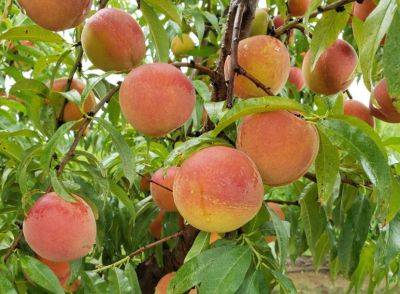
SC Fruit and Vegetable Field Report- July 18, 2022
Congratulations to Sidi Limehouse of Rosebank Farms for winning the SC Big Melon Contest at the Edisto REC Field Day this past Thursday. Sidi weighed in a 124-pound melon. This was the inaugural SC Big Melon Contest, and we hope to keep this event going for years to come. So start preparing for next year’s contest. Sidi says, “I would like some good competition next year.”

SC Fruit and Vegetable Field Report – July 25, 2022
Rob Last reports, “In a wide range of crops insect and disease pressure is high, with gummy stem blight across all cucurbit crops and downy mildew is also very active. Fruit rots, including anthracnose and Phomopsis blight, are also readily found. That being said, the quality of crops being harvested is still very good and is a testament to the attention to detail being paid by growers. As we move into August, thoughts are switching towards fall planting and preparations, including fertility building cover crops, ordering next year’s strawberry plants, and field cultivation. I know it seems a long way away, but now is the time to order strawberry plants to ensure you get the varieties best suited to your own enterprises.”
